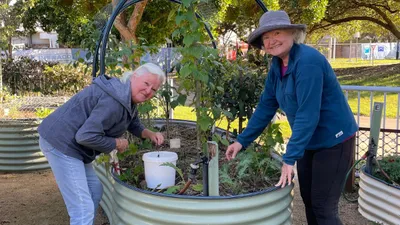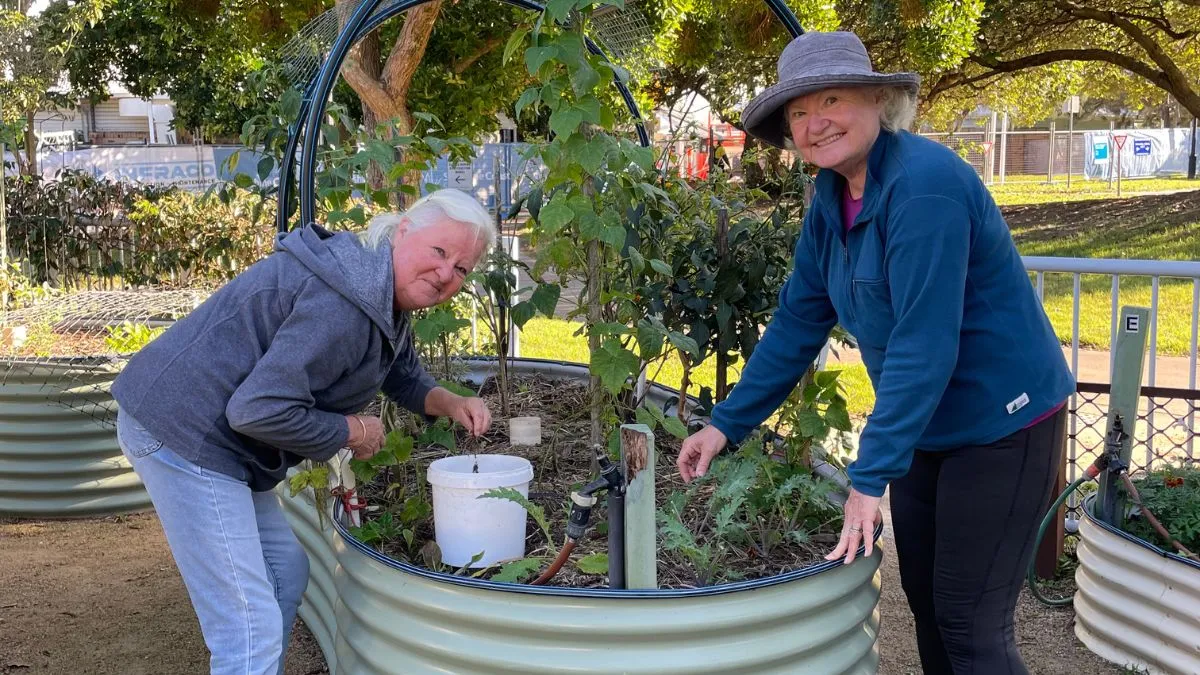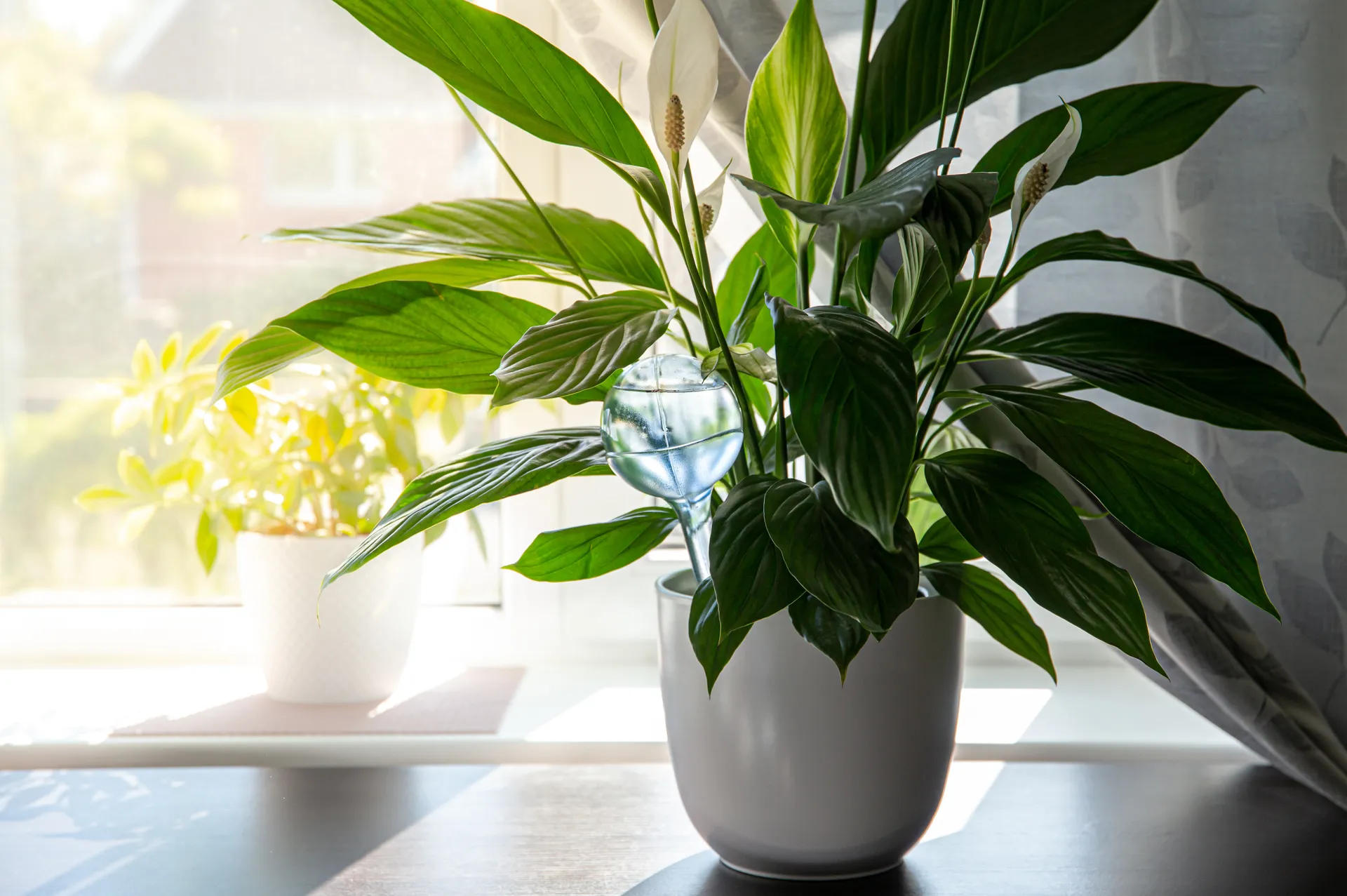How to get rid of sticky weed
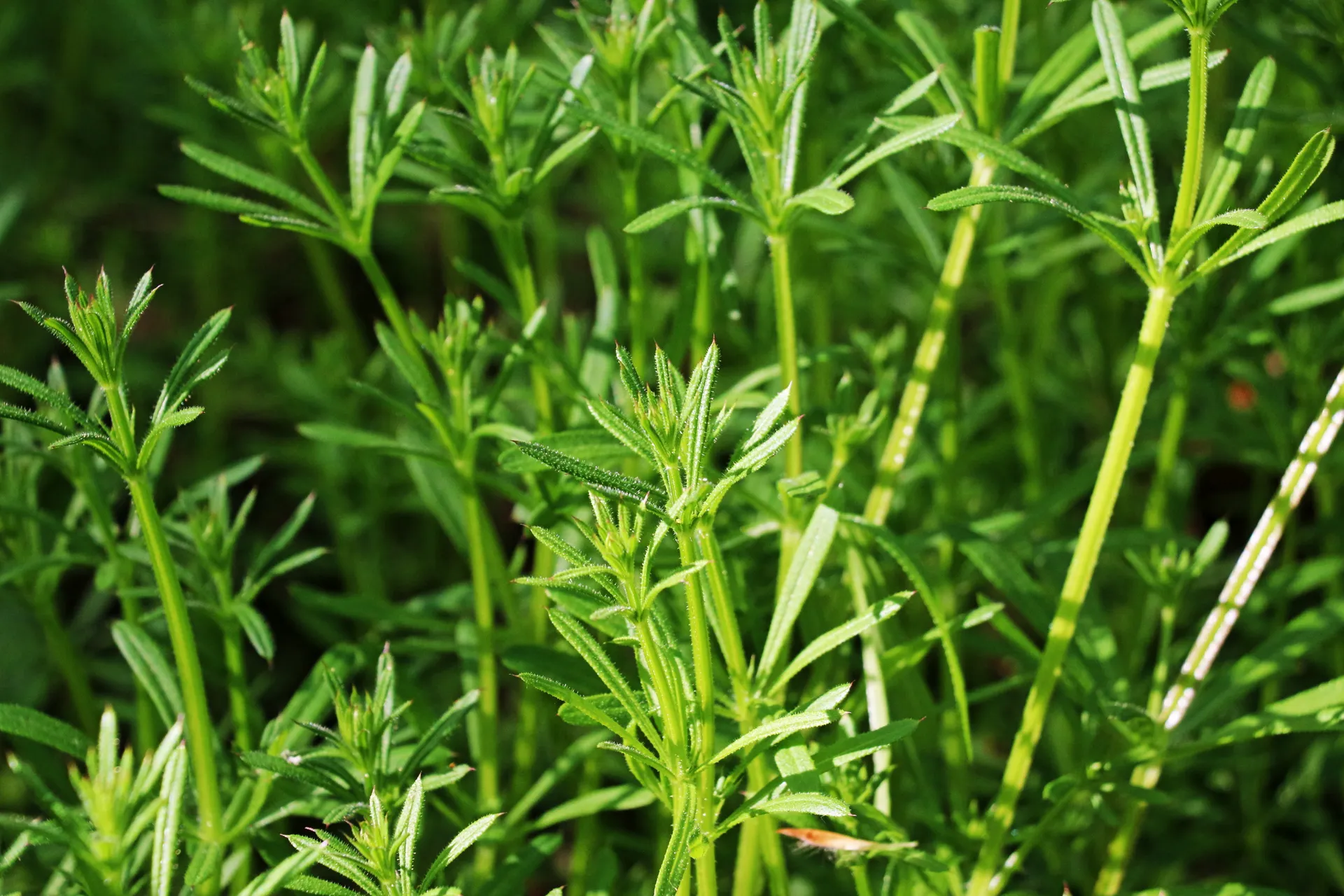
You know when you've got it, those pesky heads sticking to your clothes and pets. Find out how to get rid of this winter pest.
How To Tackle Sticky Weed Naturally In South East Queensland
Sticky weed (also known as cleavers, Galium aparine, or sticky willy) is a fast-growing annual that loves the cooler months. It clings to everything with tiny hooked hairs and can quickly take over gardens, veggie patches, and even lawns.
But don’t worry — with a few smart moves, you can stop it in its tracks.
In the garden: natural control tips
✅ 1. act early (late autumn to early winter)
- sticky weed thrives in cool, damp conditions — usually popping up after April
- start control as soon as seedlings appear, before they flower or set seed
✅ 2. hand pull before seeding
- pull gently but completely, roots and all
- wear gloves — the sticky stems can irritate sensitive skin
- best done after rain when the soil is soft
✅ 3. mulch heavily
- after clearing, cover the area with a thick layer of mulch (sugarcane, lucerne, or bark)
- use cardboard under mulch for extra weed blocking
✅ 4. improve soil health
- sticky weed often grows in poor, compacted, or neglected soil
- add compost, manure, or worm castings to improve structure and boost plant competition
✅ 5. prevent reseeding
- a single plant can produce hundreds of seeds that stick to clothes, pets, and tools
- remove all plant material before flowering and bin it (not compost)
🌿 Optional: natural sprays
- white vinegar spray on a warm, sunny day can burn young plants
- use sparingly — it can harm nearby veggies and herbs too

🌿 Dealing with sticky weed in the soil
If you’ve spotted sticky weed seedlings or suspect seeds are lurking in the soil, now’s the time to act.
✅ 1. disturb the soil as little as possible
- seeds germinate when brought to the surface
- avoid digging or tilling — try no-dig gardening or sheet mulching instead
✅ 2. use the “stale seedbed” trick
- lightly water the area and wait 1–2 weeks for seedlings to emerge
- hoe or flame weed them before they grow big enough to seed
- repeat once or twice before planting other crops
✅ 3. smother the soil with mulch
- apply 5–10 cm of organic mulch (sugarcane, straw, or composted bark)
- lay wet cardboard or newspaper underneath for extra suppression
✅ 4. grow weed-suppressing ground covers
- use low-growing herbs or green manure crops like clover, sweet potato, or alyssum
- these compete with sticky weed for space and nutrients
✅ 5. avoid composting sticky weed
- sticky weed can still drop viable seeds after pulling
- always bin it unless you have a hot compost system (above 55 °C)
☀️ Optional: soil solarisation (summer only)
- cover weedy patches with clear plastic for 4–6 weeks in full sun
- the heat kills buried seeds — best done in summer, not winter
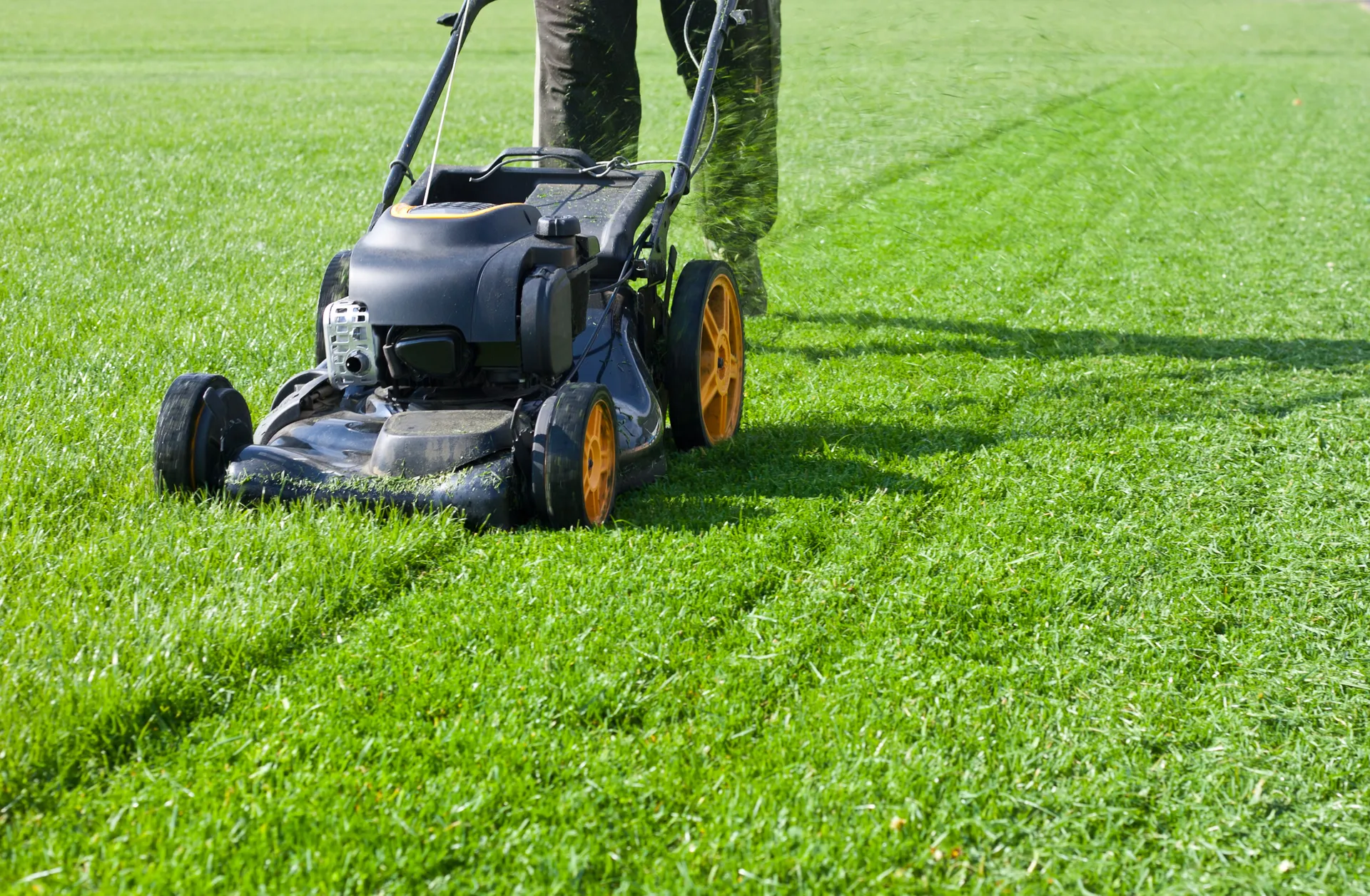
🌾 in the lawn: how to stop sticky weed from spreading
Sticky weed is a winter annual, so it usually appears from late autumn through spring — especially in shady, damp spots.
✅ 1. hand pull asap
- shallow roots make it easy to pull by hand
- remove before flowering — it seeds quickly
- bin it (don’t compost)
✅ 2. mow and edge regularly
- regular mowing at the right height strengthens turf
- sticky weed doesn’t tolerate frequent cutting
✅ 3. improve lawn health
- fertilise in spring with a slow-release organic lawn feed
- aerate compacted soil to encourage deeper roots
- top dress with compost or loam to even out dips
- water less often but deeply — damp, shady conditions favour sticky weed
✅ 4. spot treat (if needed)
- use organic herbicides like clove oil or vinegar-based sprays
- apply carefully — they can damage grass
- avoid glyphosate unless replanting the area
✅ 5. fill in bare spots
- reseed or replant with your lawn variety to prevent regrowth
- Couch, Buffalo, and Zoysia all do well in SEQ lawns
🌼 Tip for next season
Sticky weed dies off in summer heat — but it leaves behind a seed bank ready to sprout next autumn. Getting on top of it now means fewer weeds next year.
Categories:


